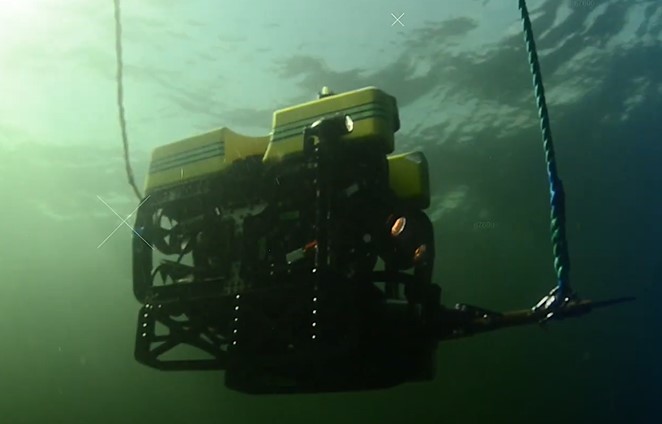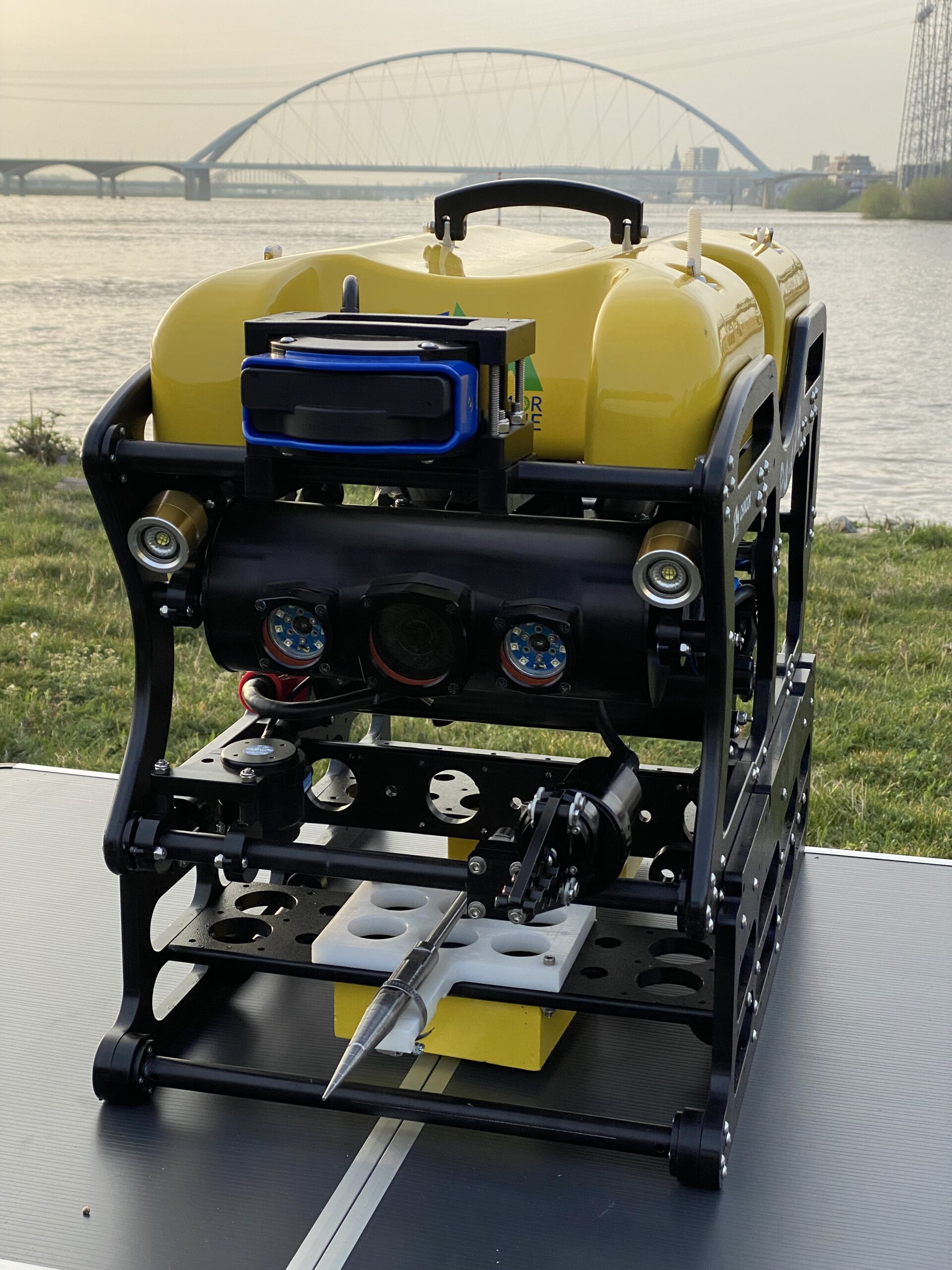ROV mission length depends on the specific objectives of the mission and the capabilities of your specific ROV make and model. Not all ROVs are the same and no mission is the same either. To avoid extra costs, down time, and other inconveniences for your business, it is best to plan each mission. You can take the following pointers into consideration and adapt them to your own requirements, ROVs, and task objectives.
Mission Objectives
Define the specific goals and tasks of your ROV mission. What do you need to accomplish? This can include tasks like surveying the seabed, inspecting underwater infrastructure, collecting samples, or performing maintenance. However, with the limited payload of most ROVs, they can only carry so many tools with them at once. SEAMOR Mako is especially adapted to have a flexible payload so that it can carry more than 1 or 2 additional accessories with it on each mission. However, this ability is quite unique to our Mako considering it is still classified as an inspection class ROV. In other words our Mako is a bargain and can save you lots of money over its lifespan. Do with one ROV what you’d normally only be able to do with multiple. But… you need to know your ROV mission objectives. Our other models are highly customisable too!
ROV Specifications
Consider the technical specifications of the ROV, including its battery capacity, payload capacity, depth rating, and endurance. These specifications will impact how long the ROV can operate in a single mission. SEAMOR ROVs are powered via a tether which can be connected to a generator. This generally means they can go on longer missions than batter powered ROVs. This is especially true when environmental conditions are a bit harsher than you’d initially planned. All our ROVs either dive to 300m or 600m, be sure to know how deep your ROV can dive. As for endurance, you know we are top of the game. SEAMOR ROVs are built to very high quality standards. Get in touch with us for a demo to see for yourself.

Power Source
Many ROVs rely on batteries for power. Determine the energy capacity of the ROV’s batteries and the power consumption rate to estimate how long the ROV can operate on a single charge. Please keep in mind that the listed battery time for most ROV makes and models, does not equal their actual battery lifespan on a mission. Unfortunately, many manufacturers do not test their specs outside of the lab. However, batteries and tether-powered ROVs both have their advantages. Take your new ROVs for a few test drives to get to know its strengths and weaknesses before you send it on a mission. A second point to keep in mind, deeper dives and longer distances = higher power consumption. Harsher environmental conditions also = higher power consumption. Want to go faster? Then prepare to use more power too. Higher power needs = increase in ROV mission length.
Environmental Conditions
In which conditions will your ROV fly? You need to know as much as possible about the water temperature, salinity, and currents. Extreme conditions can impact the ROV’s performance and energy consumption. If you have a sturdy SEAMOR ROV, slight changes in environment won’t have a large impact on your ROV performance. Our thrusters are placed strategically to increase maneuverability and decrease instability while working. Our lights and cameras are great in poor visibility and if it gets really bad, our models can carry a sonar of your choice.
Sensor and Payload Usage
If the ROV is equipped with sensors, cameras, or other payload equipment, the usage of these devices can drain the battery. Make sure to account for the power requirements of these components. With SEAMOR ROVs, you can save power by turning these devices on and off during your mission. However, ROVs that are tether-powered can power more tools at the same time. This makes our ROVs a great choice if you’d like to complete more than 1 task per mission and would like to work all day long. Another factor to include, is whether or not your ROV carries the right tools for its mission AND if the payload is properly balanced. This brings us back to the SEAMOR Mako.
Emergency Margin
It’s important to leave a safety margin in the calculations. This margin ensures that the ROV can safely return to the surface even if the mission length was longer than expected.

